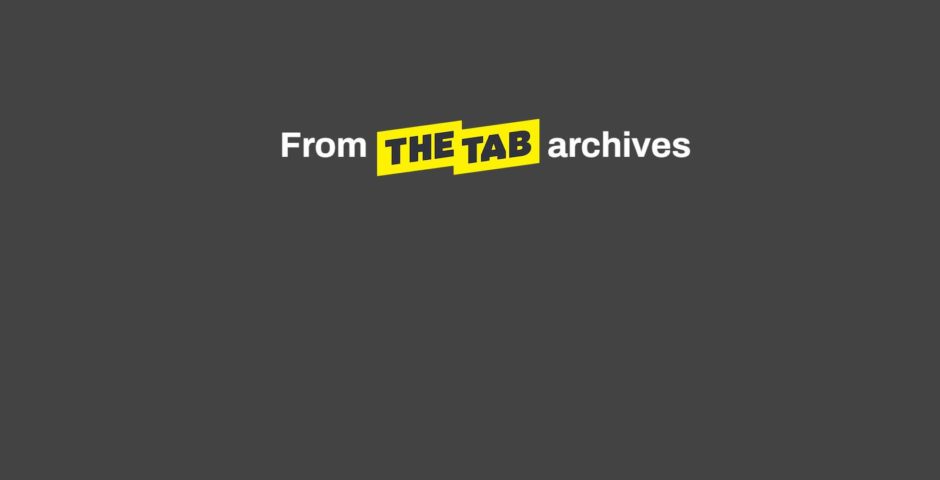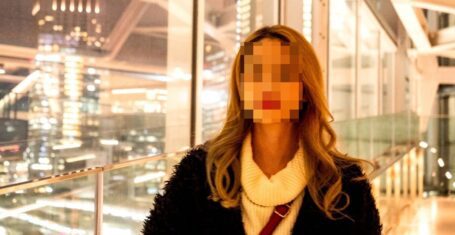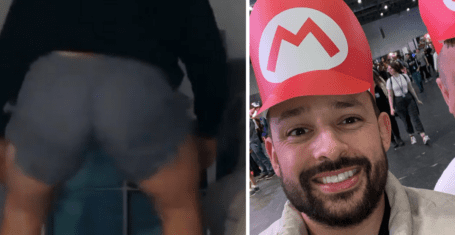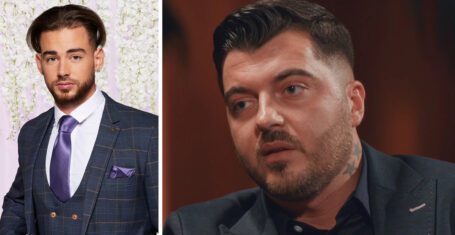
Things I learned watching The Powerpuff Girls in my twenties
Blossom, Bubbles and Buttercup were the first people to teach me about how to be a strong woman
The things we experience as children shape who we are as adults, more so than any of us probably realise. Looking back on the television I used to watch, back when I was only about four years old, the show that stood out most to me was The Powerpuff Girls.
I even remember spending as much time as I could on the computer playing the Powerpuff Girls games on the Cartoon Network website. In fact, part of me suspects that my love for the tomboyish Buttercup had something to do with my eventual haircut.
Twinning?
It’s been eighteen years since the show first aired, and a reboot aired this year, to a lot of negative criticism. In the face of this disappointment, I decided to go back and rewatch the original series and see if perhaps as an adult I’d be more critical, or if it really was just as incredible as I’d remembered. Here are a few of the things I learned watching my former favourite TV show for the first time in over a decade.
It’s actually quite violent
This might sound ridiculous considering it’s a cartoon television show aimed at children, but I was genuinely surprised at how much more fighting there was than I remember. This is in no way a criticism – in fact, as sad as it sounds, I really struggled to think of the last time I saw multiple female characters in a fight sequence that wasn’t played for laughs.
I think seeing girls who were supposed to be my age kicking ass definitely did a lot for me and raised my expectations, which is perhaps why I’m perpetually disappointed in superhero films.
It’s also actually quite scary
Obviously not on par with The Walking Dead in terms of the fear factor, but certain parts of the show definitely had me wondering how I wasn’t completely freaked out as a child. The very first episode featured the city being overrun by cockroaches, and in spite of them only being early noughties style animation I swear I felt my skin crawl. Then in ‘Octi Evil’, the concept of Bubbles being whispered to by her possessed stuffed octopus was truly the stuff of nightmares.
While the villains themselves weren’t always necessarily scary, I appreciated that the show didn’t try to overly sanitise the program.
The humour appeals to all ages
Yes, it is fundamentally for children, but I found myself laughing more than I expected to. The fourth wall breaks from the narrator were actually quite clever and a form of humour I wouldn’t expect from a children’s program, especially not today. Just hearing “the city of Townsville” was enough to make me smile, from amusement as well as nostalgia.
My favourite joke definitely came from the second episode, in which three men dress up as the Powerpuff Girls. “Imposter Powerpuffs? What a drag.”
Some of the villains come across as potentially offensive
I think we ALL had a lot to say about Him. After watching his first appearance again, in which he is described as “so evil, so sinister, so horribly vile, that even the utterance of his name strikes fear into the hearts of men” I feel qualified to confirm that he was supposed to be the devil. The real question is why, with his thigh high boots, make-up and beard, and a voice that ranged from a falsetto to a deep bass, his androgynous appearance was so reminiscent of a stereotypical drag queen (not that I’m complaining – it was definitely an iconic look.)
I don’t know whether Him makes an appearance in the reboot of the series, but I imagine there’d be far more of an issue with this kind of portrayal in a children’s show today. Mojo Jojo’s faux Japanese accent, of which I had no questions as a child, definitely raised an eyebrow when I heard it again as well.
It provides young girls with strong, capable role models
As an adult, I’m less inclined to view fictional characters as role models to emulate. As a child however, I was definitely influenced by whatever characters on TV were doing, whether unknowingly or in a conscious effort to imitate the characters I loved so much. Obviously the girls themselves are both physically strong and able to overcome personal challenges, such as facing their fears and solving arguments among themselves.
It was also refreshing to see three girls with different personalities all be portrayed in an equally positive way, with Bubbles’ emotional nature not being a detriment and similarly Buttercup is never expected to be more ‘feminine’ in order to be taken seriously.
The other characters are also positive role models, such as the Mayor’s assistant Sarah Bellum is presented as both beautiful (in spite of the fact that we never see her face) and the most intelligent person in the city by a mile. Even her name being a pun on part of the brain adds to this, and further shows how the show can be clever even when aimed at children who might not understand the joke.
I felt incredibly nostalgic watching what used to be one of the highlights of my day as an adult after so long. Most importantly though, I felt proud. I’m grateful to have had that kind of influence in my life, reminding me that girls are just as strong as boys and that physically and intellectually, we can kick ass too.





















